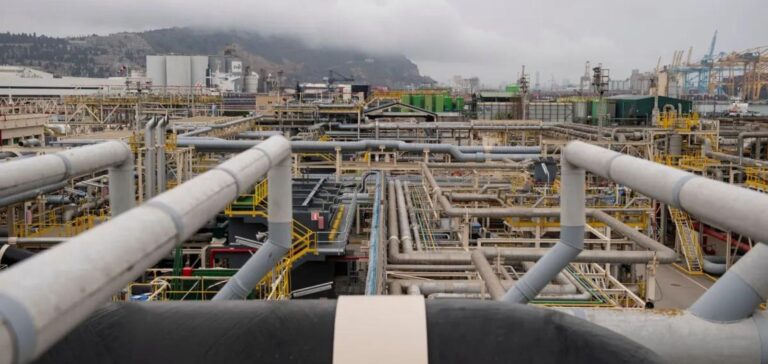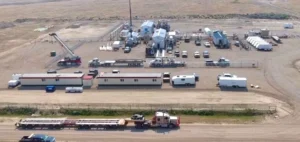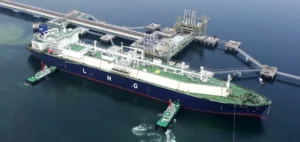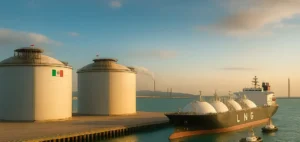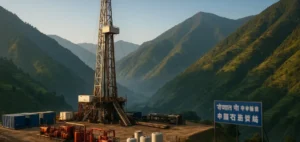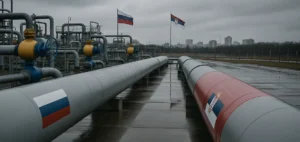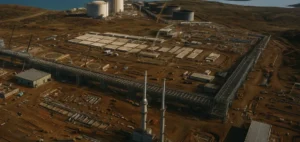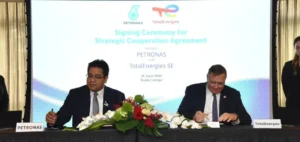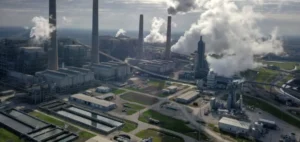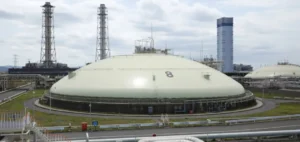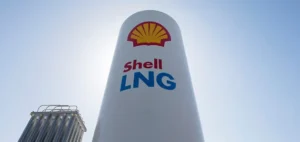Natural gas prices on the Spanish PVB hub continued to fall in April, confirming Spain’s position as the cheapest European gas market. According to S&P Global Commodity Insights, the average PVB gas price assessed by Platts for next-day delivery was €36.46/MWh in April, down 13.2% from March.
On an annual basis, prices have fallen by 59.95 euros/MWh compared to April 2022. For delivery the following month, the average price assessed by Platts was 36.697 euros/MWh in April, down 13.4% from March and 58.2% from April 2022.
Increase in exports
These price cuts maintain Spain as the cheapest natural gas hub in Europe, with all other markets having average prices above 40 euros/MWh for next-day and next-month delivery in April. Pipeline gas exports from Spain increased significantly in April, reaching 664 million cubic meters, up 56% from the previous month and 41% year-on-year.
Deliveries to France were particularly high due to the strikes that affected French LNG terminals. Spain exported 586 million cubic meters of gas to France in April, an increase of more than 90% compared to March and 27% compared to April 2022. In contrast, exports to Portugal were low, reaching only 2 million cubic meters.
Domestic demand increases slightly
Spanish end-user demand, including gas demand for heating and power generation, rose 12% year-on-year to 2.1 billion cubic meters in April. However, gas demand for heating alone was down 20% from the previous month and 13% year-over-year. Gas injections into storage facilities have increased significantly, reaching 235 million cubic meters in April, compared to only 9 million cubic meters in March and 159 million cubic meters in April 2022.
Overall, gas demand in Spain remained stable, reaching 3 billion cubic meters in April, slightly higher than March 2023 and slightly lower than April 2022. Gas supplies were slightly above demand, totaling 3.1 billion cubic meters in April, similar to March 2023 and April 2022. Gas withdrawals from storage facilities decreased to 7 million cubic meters in April, compared to 103 million cubic meters the previous month.
Spanish gas reserves were 89.6% full at the end of April, the third highest level among EU countries, after Portugal and Sweden. There were no pipeline imports from France to Spain in April, in line with the previous year’s data.

